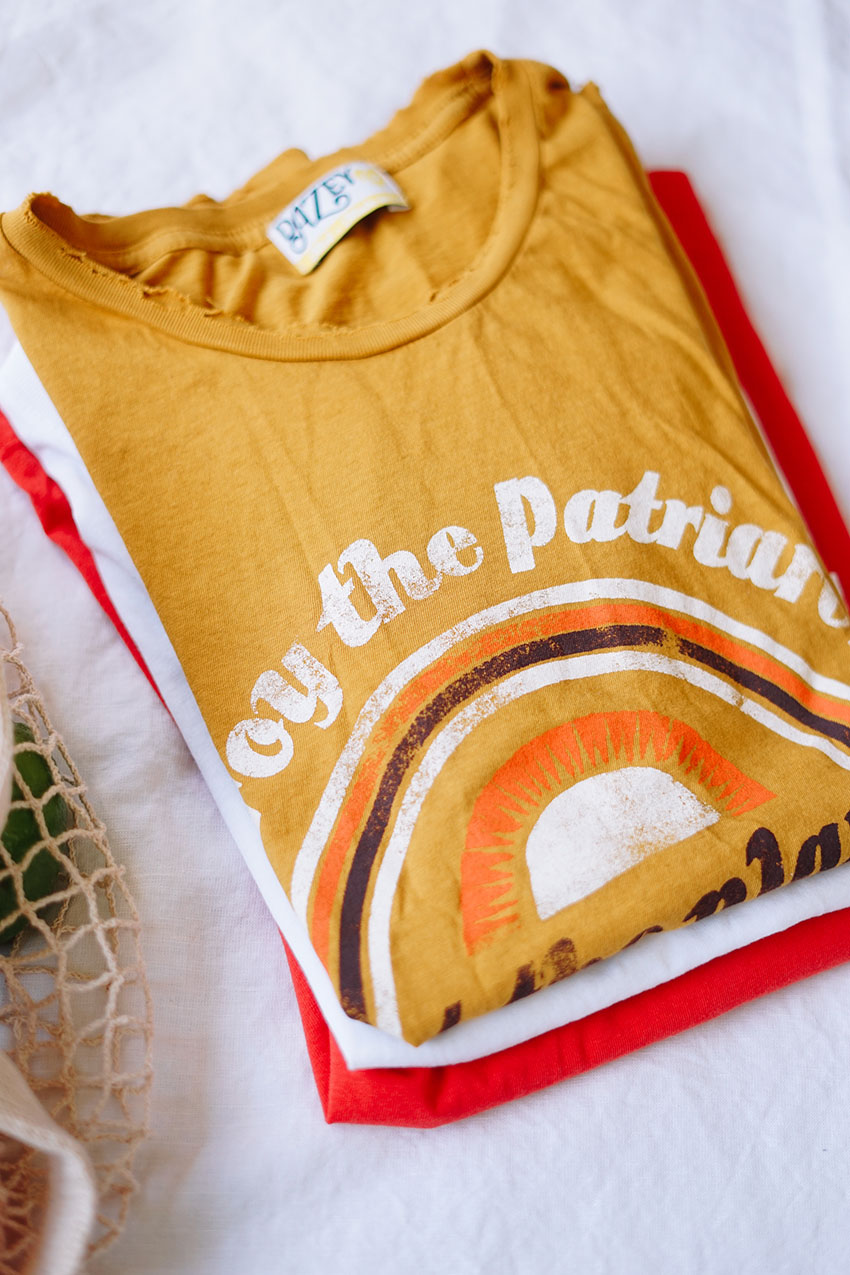One of the biggest challenges the sustainable fashion industry faces is price point. For one, if you were able to buy sustainably made clothing for cheap or cheaper than the alternative, the debate would fizzle out. It’s of course necessary for ethical fashion to cost more even to exist, but personal budget comes before all else. We can’t buy sustainable fashion if we can’t afford sustainable fashion, right?
Just becoming conscious of the difference is a big step. You’re probably willing to pay at least a few dollars more per piece, but you still have a bridge to gap. The next step is figuring out your fashion budget. Here’s how to do it.

How to Budget for Sustainable Fashion
Calculate your current/past budget. Rather than making up an arbitrary budget of what you think you can manage, go over the past year’s bank statements in monthly or quarterly increments and quickly add up how much you’ve spent. You may find that it the money is actually there, and you might even save by switching to sustainable. Use it to land on an update to track going forward.
Get used to the general cost differences between specifics. A basic, solid tee may be $10 when mass produced versus $30 sustainably made. You need change your idea about what prices are “normal prices” to pay for a product. That’s how you make purchasing decisions now, right?
Shift your perspective of “enough”. AKA, stop valuing quantity as a basis for your budget. Since you’ll be working within the same budget as before, you’ll likely buy less. Doing so offsets the budget. Also, it doesn’t mean you eliminate all “for fun” items from your budget. Just prioritize. Put a cap on the amount you can spend on items that aren’t a total necessity—like the latest trends or seasonal.
A note about secondhand. I focused on how much you’ll spend on sustainable fashion rather than what you’ll spend it on because you no longer hold quantity as something valuable to your wardrobe. The budget is the same, then, whether you thrift or not. That just affects whether you prefer to use more of what you have on secondhand (perhaps since it’s the most sustainable), and if so you’ll start coming in under.
Plus, people like to discover, to fall in love with trends, put on something new just for them, to connect freshness with fashion too much to give it up entirely.
It all really depends on your that past budget, and how much you are used to spending on clothing. I know a lot of people tend to buy fast fashion because you can get physically more for less. But not everyone. You might be used to buying clothing at similar prices (and thus don’t need to adjust for #2) so you can just choose an average and commit.
Just like fast fashion, there are enough slow fashion brands to find everything from lower end, mass-appeal to higher end/designer brands. It’s just that the lower ends start off a little higher (and generally, much higher quality!) than the others.
What are your sustainable fashion budget questions?

[…] inspiration and no where to put it. One of my favorite ways to get behind 90s fashion trends is to purchase vintage and secondhand, or at least upcycled. I guess I can’t get into the idea of buying a *new* design based off […]